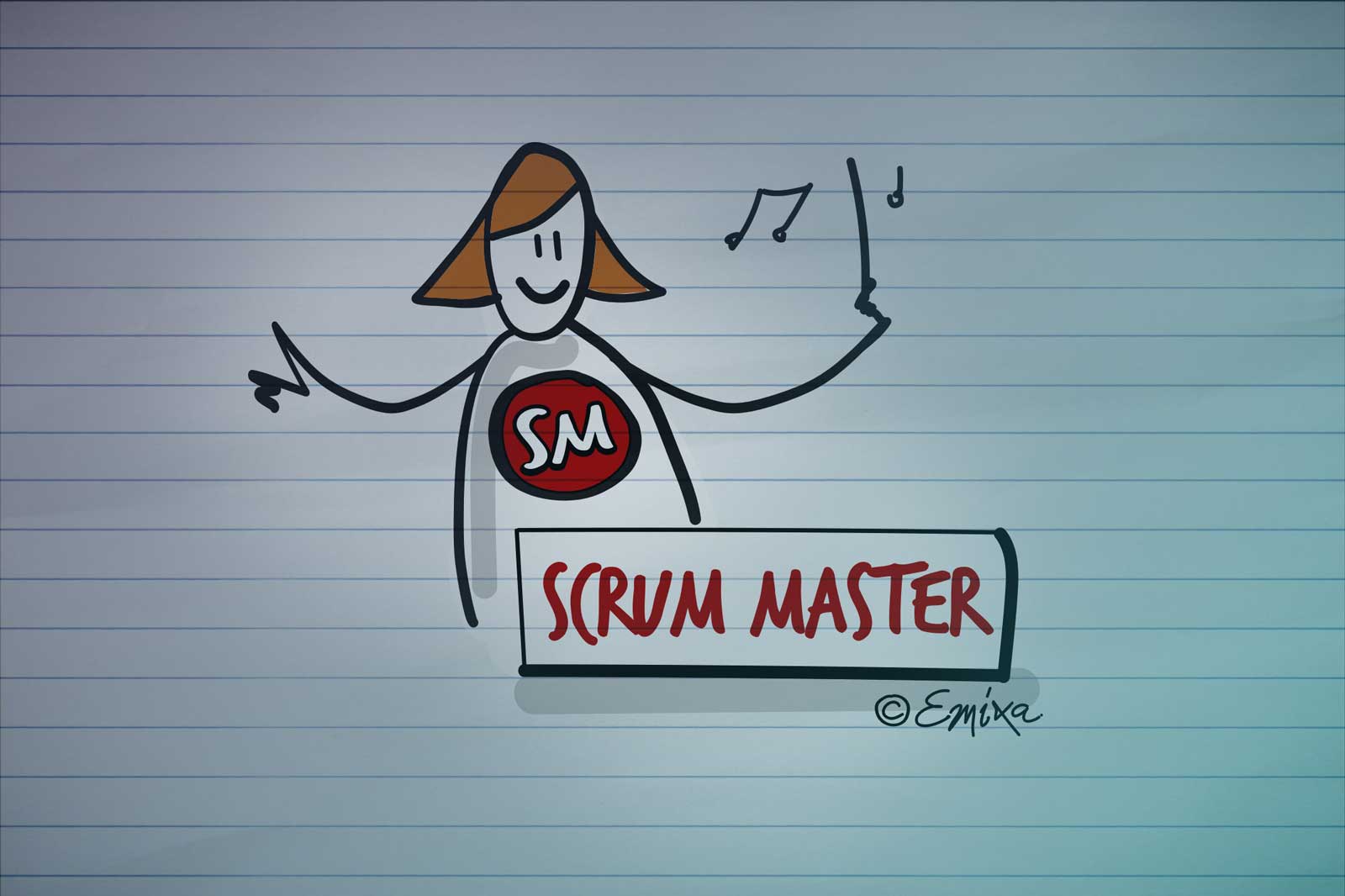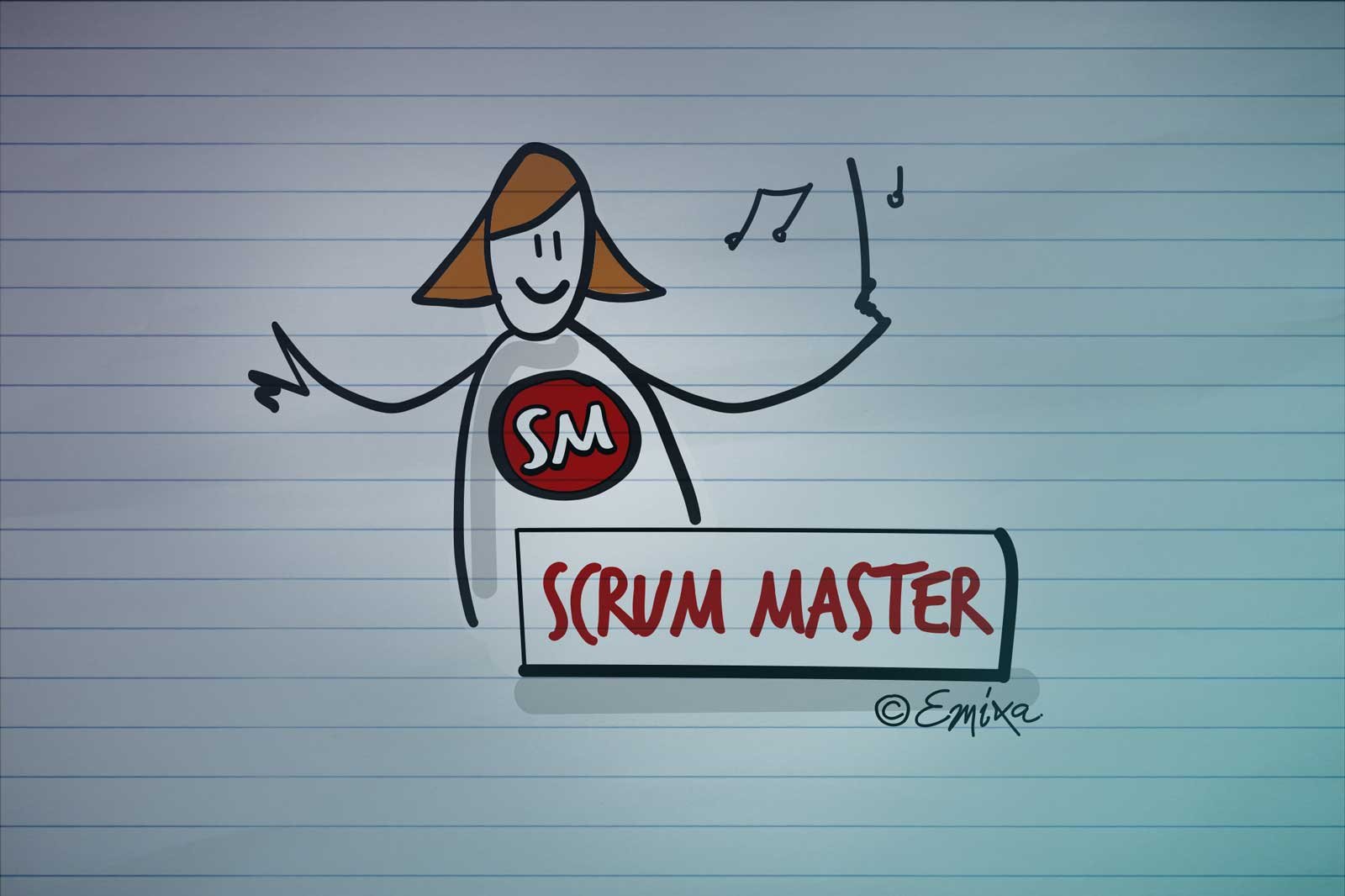
3 Tips for Working Remotely as a Scrum Master

Scrum teams work best when they can work together physically at the same location. However, it is common for team members within a scrum team to work remote from each other. This creates some challenges for the Scrum Master. We elaborate on three tips, based on our own experience, to help the Scrum Masters excel in their role while working remotely.
Tip 1: Allocate more time to achieve the same
We must recognize that a scrum master in this context needs to exert more effort to achieve the same results as in a physical setting. Using supportive tools such as Teams, Slack, Miro, and Ideaboardz requires not only technical knowledge but also a deep understanding of their efficient application. The additional effort required to assist team members with these tools should not be underestimated. Furthermore, maintaining effective interactions with team members now requires deliberate planning, as opposed to the informal conversations that typically happen by the coffee machine. You will now need to actively think about when and how to integrate these informal moments to maintain a sense of camaraderie and teamwork.
Tip 2: Pay more attention to group dynamics
Understanding group dynamics is crucial for a scrum master, but it becomes even more challenging when the team is working remotely. It takes thoughtful and purposeful efforts to discern the interpersonal relationships and alignment within the team. It's wise to actively look for signs of ambiguity or misunderstandings and address them before they escalate into problems. For a trusted and in-depth approach, it is recommended to integrate informal moments into meetings to gain better insight into the well-being and relationships of team members. Additionally, it's prudent to have regular one-on-one conversations, where you focus not only on work-related matters but also on the personal situations of team members. A wise scrum master understands that the home situation can significantly impact the performance and motivation of each team member.
Tip 3: Optimize online meetings
It’s common knowledge that the attention span in online meetings is far shorten compared to physical meetings. Therefore, it's more challenging to gauge participant engagement. For online meetings it's wise to plan short, focused sessions instead of long meetings. This ensures more efficient communication and maintains engagement. To increase trust and reliability, it's important to establish a clear agenda for each meeting so that participants know what is expected of them. If longer meetings are unavoidable, schedule sufficient breaks and integrate interactive elements to keep participants actively engaged. For example, consider using polls, virtual post-it, brainstorming sessions, or dividing the group into subgroups for more targeted discussions.
In conclusion, a scrum master working remotely must be aware of the extra effort required, act wisely to understand group dynamics, and create focus by facilitating effective online meetings.
Get in touch
Ready to delve deeper into working agile? At Emixa, we'd be glad to share our comprehensive insights. Whether you're seeking a deeper understanding or have specific questions, don't hesitate to reach out to us.
Author: Sigrid Breel
Published date: August 26, 2025

Explore our Technology. Access our downloads center.
Access NowStart your Digital Transformation with Emixa

We help businesses transform their digital future with cutting-edge technology and strategic products & services


